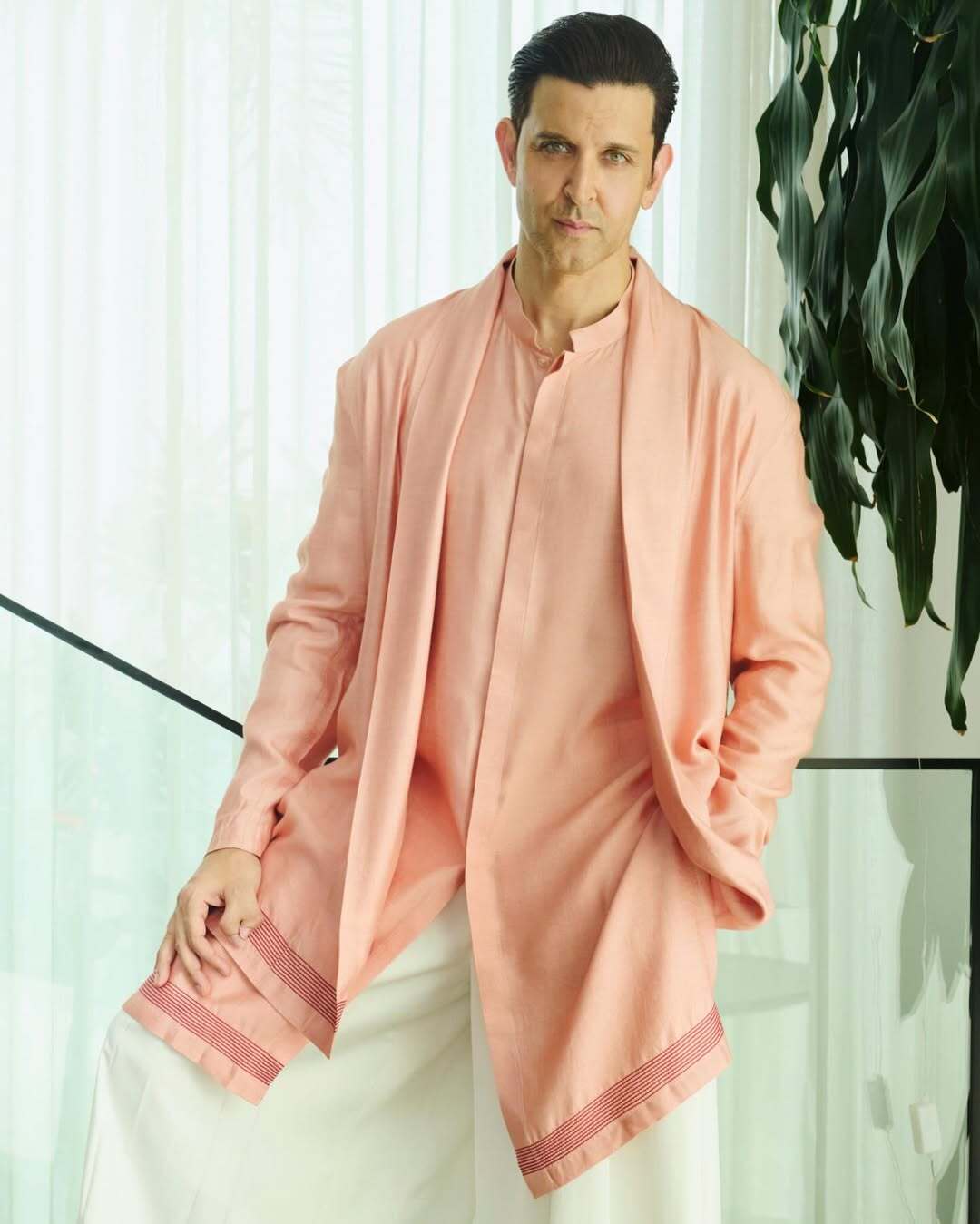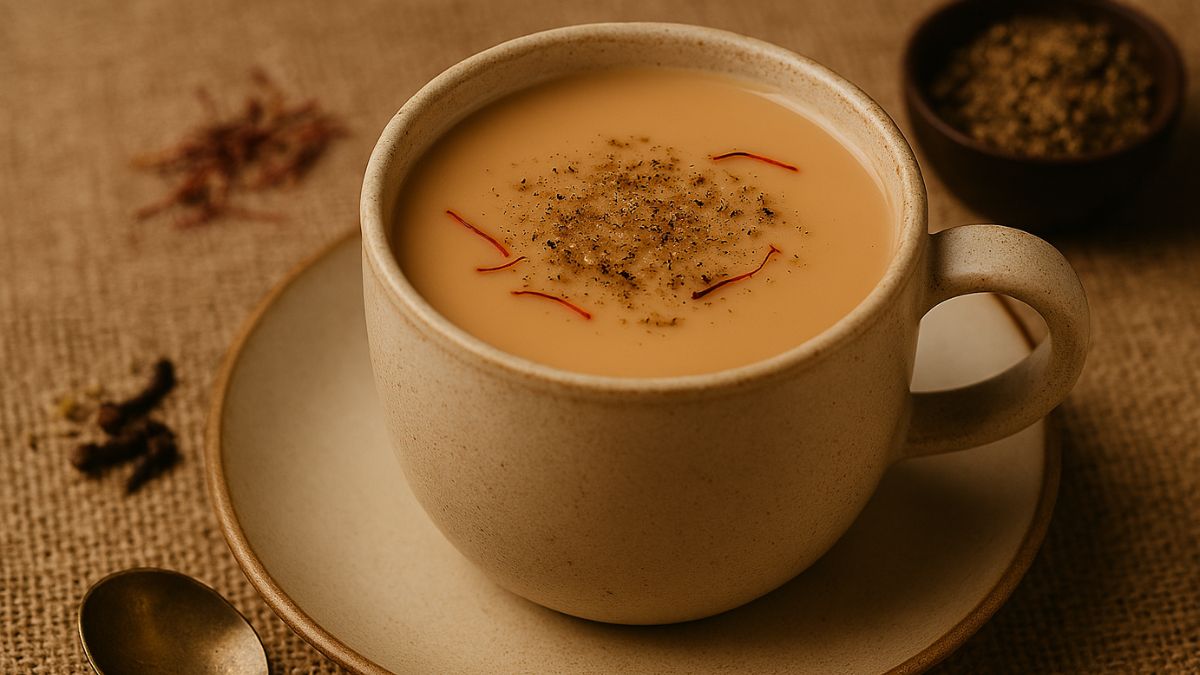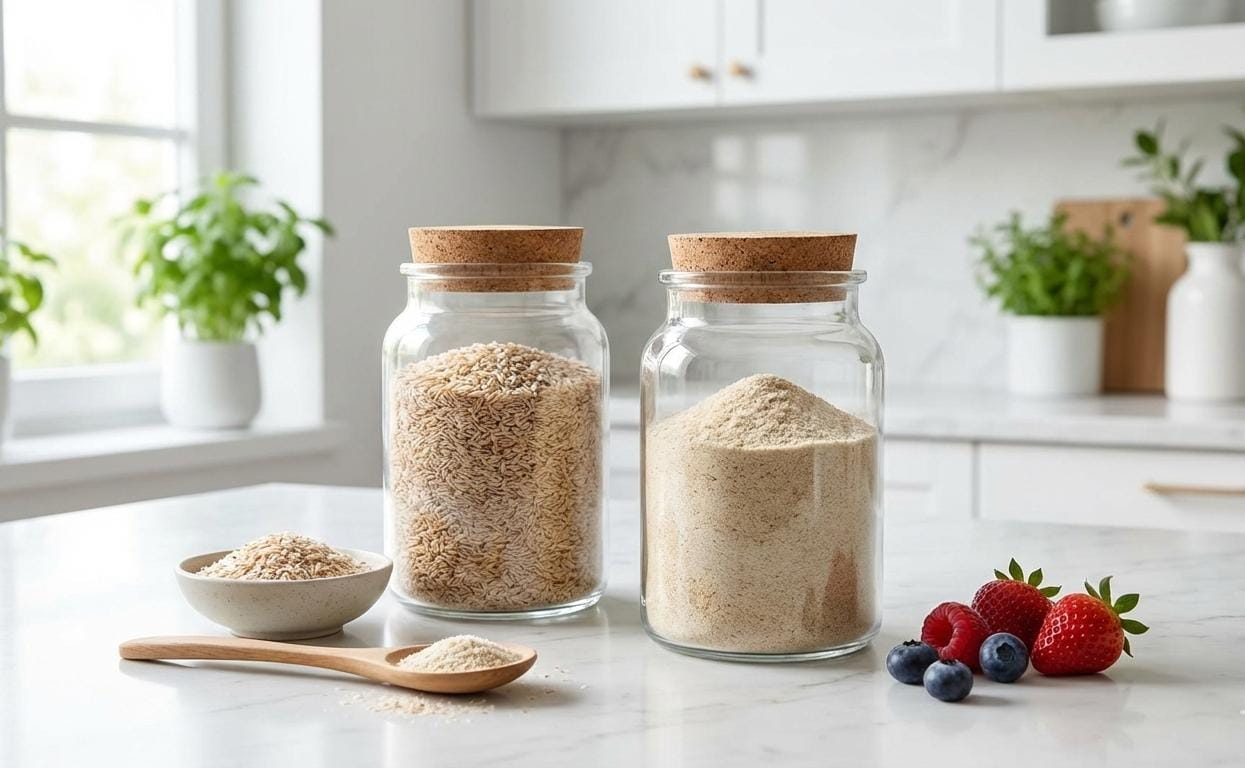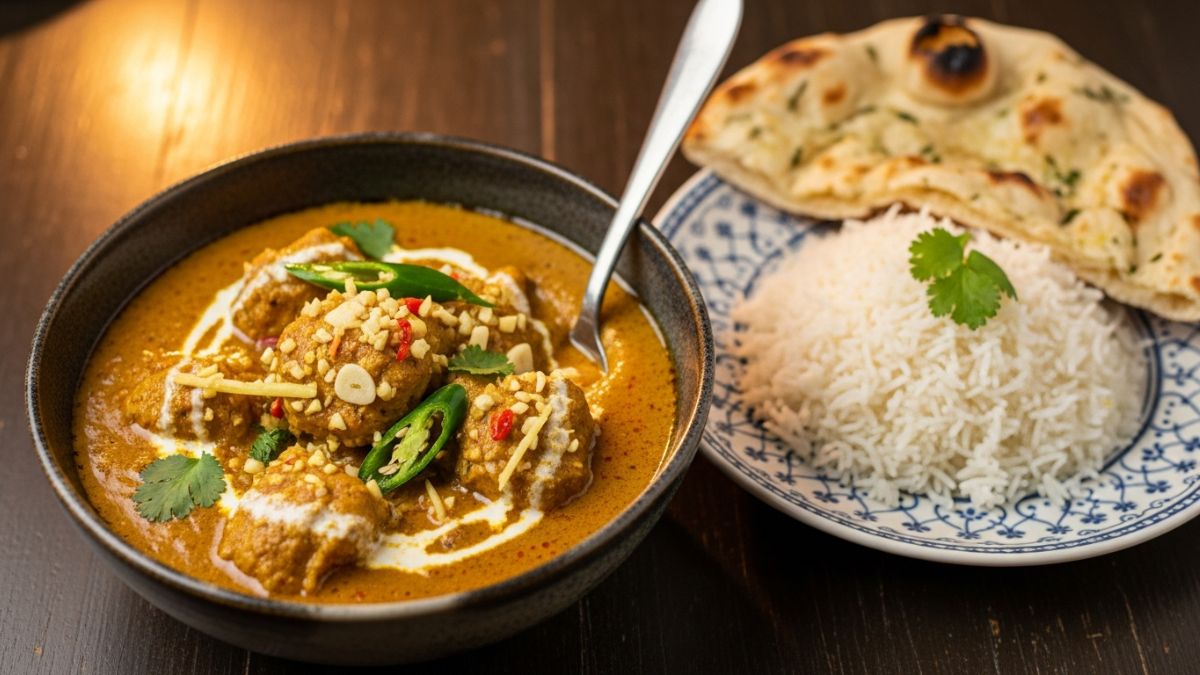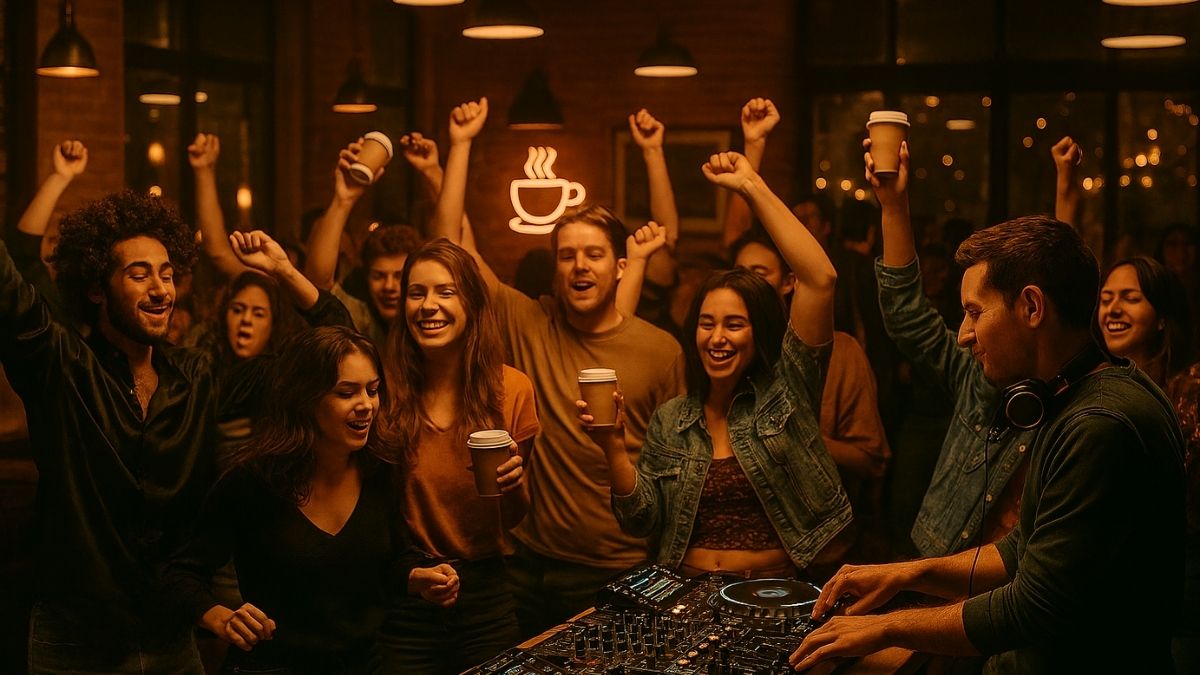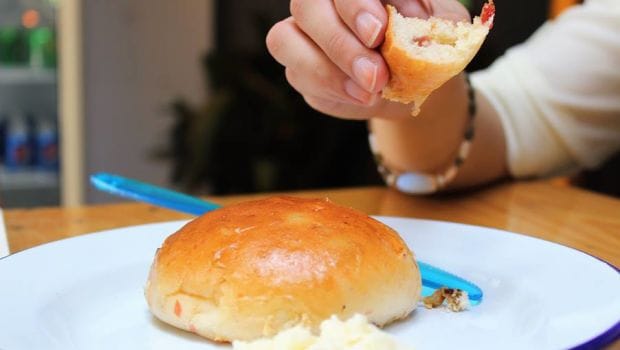The concept of bun-maska and chai kicked off with the establishment of Irani cafes in Mumbai. It was around the late 1800s and early 1900s when Irani cafes mushroomed in the city and they became an important part of Mumbai's social evolution. What does an authentic Irani café look like? Vintage interiors, marble-topped tables, bentwood chairs, glass jars full of sweets and lots people chatting away while enjoying bun-maska with chai. The Brun Maska is another version of it where the bun is a bit crusty instead of a soft and smooth one. It serves as a pocket-friendly breakfast or tea-time option.(Also read: Irani Cafes in Mumbai: From Bun Maska to Keema Pao and Old World Charm)
According to Ali Irani from Koolar & Co. in Mumbai, "An Irani café cannot do without bun-maska. Early in 1940s when Britishers were ruling, Iranians came to Mumbai, and they opened up small cafes for the people. Kadak Brun Maska was one of the most popular dishes back then. However, it was a bit plan and didn't have much flavor and, so Iranians started making bun-maska, especially for old people and kids, which was comparatively sweeter and had butter, cheese, and honey or jam on it. The secret to making a soft bun is to add lots of pure ghee to the dough. Bun maska is a very special dish for Mumbaikars even today and it will always be."
Generally, these buns are baked fresh so that they are soft and spongy. You can't go wrong with this simple snack especially when served with 'Irani chai' on a rainy day. It is one of the few things that defines an Irani café. You will find the best variety at some iconic Irani cafes in Mumbai like Britannia & Co. Restaurant, Yazdani Bakery, Koolar & Co. and Kyani and Co.

